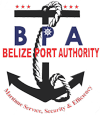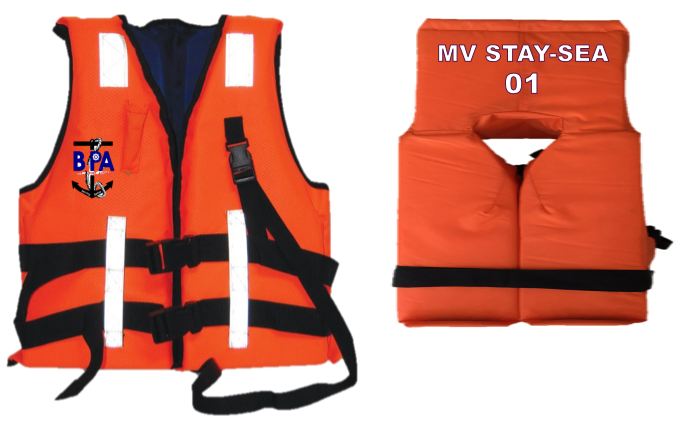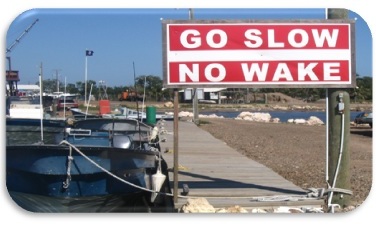Need Help?
Please Feel Free To Contact Us.
bzportauth@btl.net
(501)-222-5665
HAVE A COMPLAINT?
EMERGENCY 966
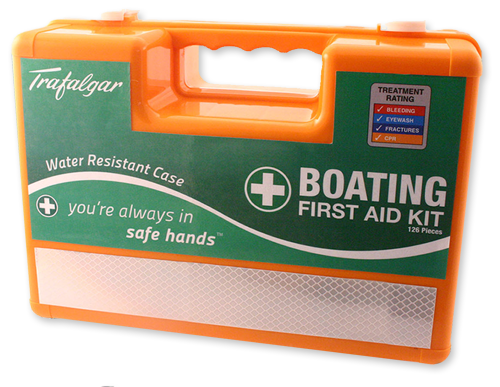
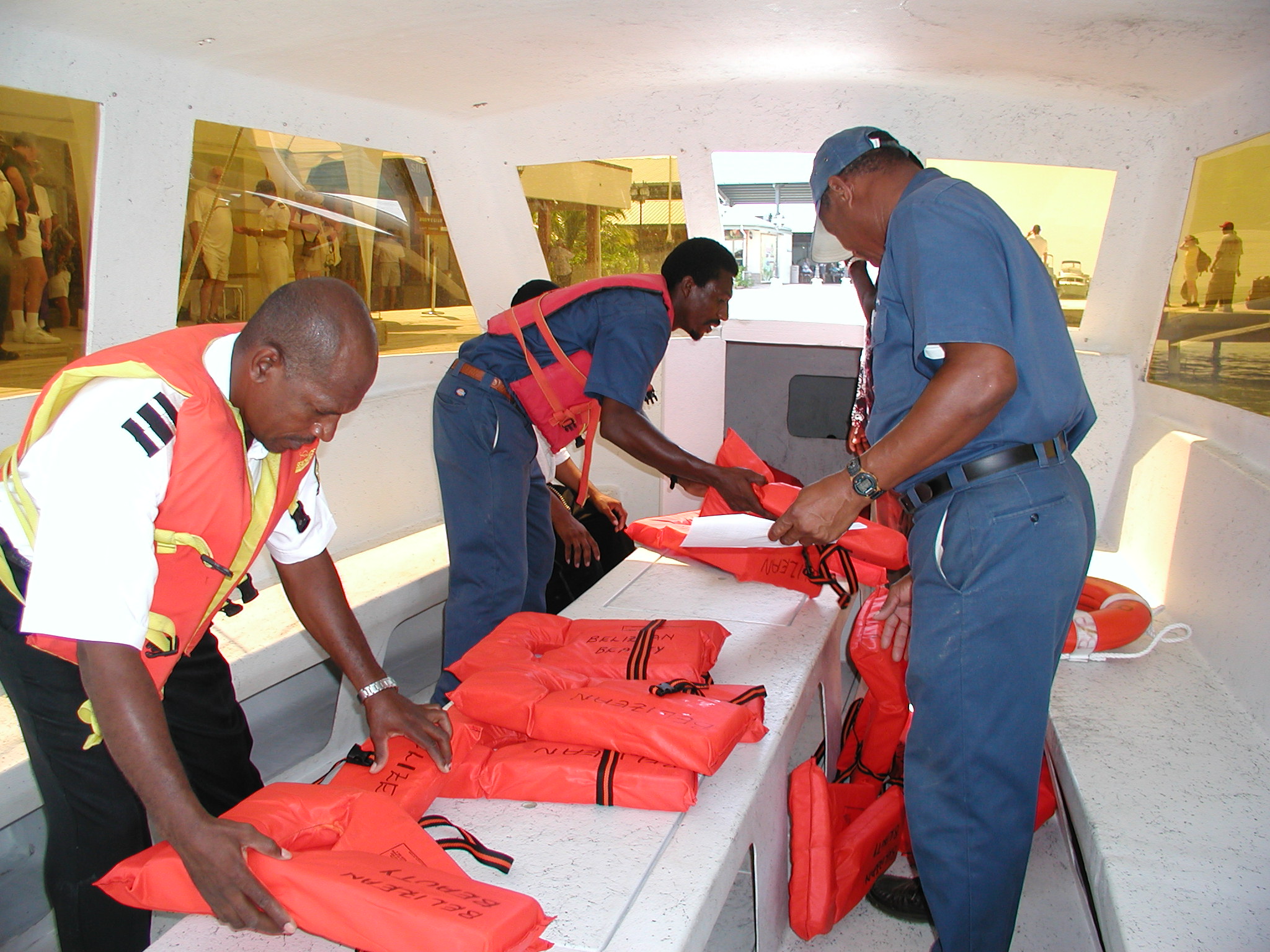
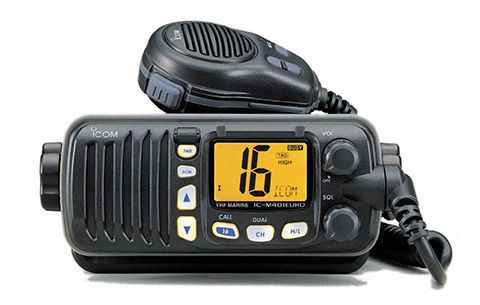
Boating Safety
2. It is an offence to carry passengers in excess of the maximum number of passengers stated on the SWC.
3. Masters: Only masters with certificates of competency (master’s license) for the class are authorised to operate a vessel.
4. The safety equipment shall be indelibly marked with the name or BPA’s Registration number of the vessel in letters no smaller than three (3) inches, and shall not be transferred between vessels.
5. All vessels with inboard engines are required to have an “automatic fire suppressant device” installed in the engine room, which can be activated from the helm/bridge, or which will deploy automatically if human intervention is not initiated.
6. Having a proper First-Aid Kit on board can help you render immediate emergency care, and sometimes even save a life.
Rules of the Road
1. The best defense against collision is to keep a proper lookout at all times by seeing, hearing or any available means appropriate in the prevailing circumstances.
2. If two power-driven vessels are about to meet head on, both must give way by altering their course to starboard.
3. A power-driven vessel approaching another power-driven vessel on its own starboard side must give way.
4. Any vessel overtaking another must keep clear of the stand-on vessel. The stand-on vessel must maintain its course and speed until the overtaking vessel is finally past or clear. The stand-on vessel is NOT to accelerate.
5. If you cannot see other vessel(s) because of reduced visibility due to bad weather or fog, reduce speed, sound your fog horn or some signal, proceed with caution and be prepared to stop.
6. Every vessel shall at all times proceed at a safe speed so that she can take proper and effective action to avoid collision and be stopped within a distance appropriate to the prevailing circumstances and condition.
7. A vessel proceeding along the course of a narrow channel or fairway shall keep as near to the outer limit of the channel or fairway which lies on her starboard side as is safe and practical (Keep Right).
Radio Usage
A VHF marine radio is a vital communications link for the boating community and any abuse of the radio seriously affects the safety of all boaters. The National Maritime Communication Center monitors all stations along with the Belize Coast Guard, and is alert for understandable language and correct operation of marine stations. Sophisticated equipment provides for tracking violators through “voice prints” of transmissions made on these radios.
1. Wilful or repeat violators may receive a “Notice of Violation” citations and be fined.
2. The following will improve your radio communications:
3. Marine Radio is not Citizens Band (CB), so watch your talk afloat. Phrases such as “Hey Good Buddy,” “Bring That Back,” “I Copy,” and “That’s a Big 10-4,”are not only frowned upon by the authorities, but are illegal.
4. Always use authorized call signals at the beginning and the end of all transmissions.
5. Maintain radio watch on Channel 16, and use it only for emergency and calling purposes.
6. Switch to one of the working channels for messages. Typically, these are 68, 69, 71, 72 and 78.
7. Use low power (1 watt) whenever possible.
Mandatory Equipment on Board
The law requires that all commercial passenger and pleasure crafts be equipped with one approved life jacket for each person on board. You should choose this life saving apparatus carefully, bearing in mind the type of activity it is intended for; choose one that fits you well. Below are some safety tips that should be practiced.
1. Know and obey the Laws of Belize and familiarize yourself with the Harbour & Merchant Shipping Act.
2. Take a boating safety class offered by Belize Port Authority or any other agency authorized or recommended by the Authority.
3. Know your vessel’s load limit and don’t exceed it. A safe boat is a well-equipped boat. Always carry the necessary safety gear and know how to use them.
4. Keep life jackets visible and accessible and never make someone feel uncomfortable if they choose to wear a life jacket.
5. Ensure that all safety equipment required by law is on board, maintained in excellent working condition and that you know how to use them.
6. Know your position and where you are going.
7. Maintain a clear unobstructed view forward at all times “Scan” the water back and forth, avoid “Tunnel Vision”. Most boating collisions are caused by inattentiveness.
8. Check the weather forecast before putting to sea and keep an eye out for changing weather conditions and act accordingly.
Safety Equipment to be carried on board Vessels:
- Serviceable lifejackets one for each passengers
- Magnetic compass (serviceable with lights)
- Navigational lights, including masthead and anchor
- Serviceable fire extinguishers (ABC) at least 2 unit
- PDF IV (throwable ring) fitted to bulkhead
- Bow-hook approx 6 ft in length
- First Aid Kit (up to date and serviceable)
Safety First
All mariners are to exercise good judgment and remain safety conscious at all times. Masters, Mates, Engineers and Deckhands are charged with the responsibility to keep themselves and their passengers, vessels and cargo safe and protected. This can be accomplished by observing these basic life-saving codes of practice – not just because they are mandated, but because they make sense.
Be safe – always come home to your family!
A trip plan (also known as a float plan or sail plan) is a document that outlines your expected travel itinerary while on the water.
Life Jackets shall be distributed prior to departure and shall be worn by all passengers while the vessel is underway.
No Wake Zone is an area designated by the Harbour Master for vessels to navigate with extreme caution
